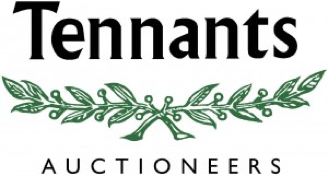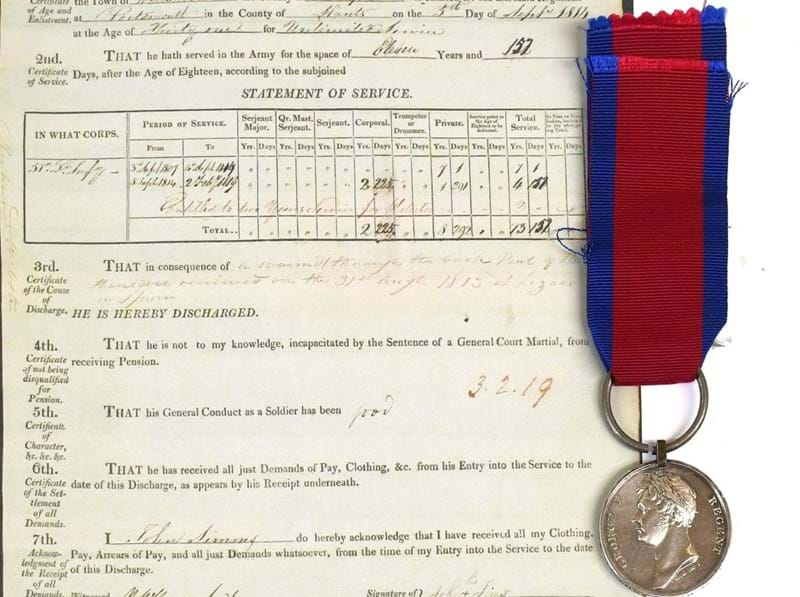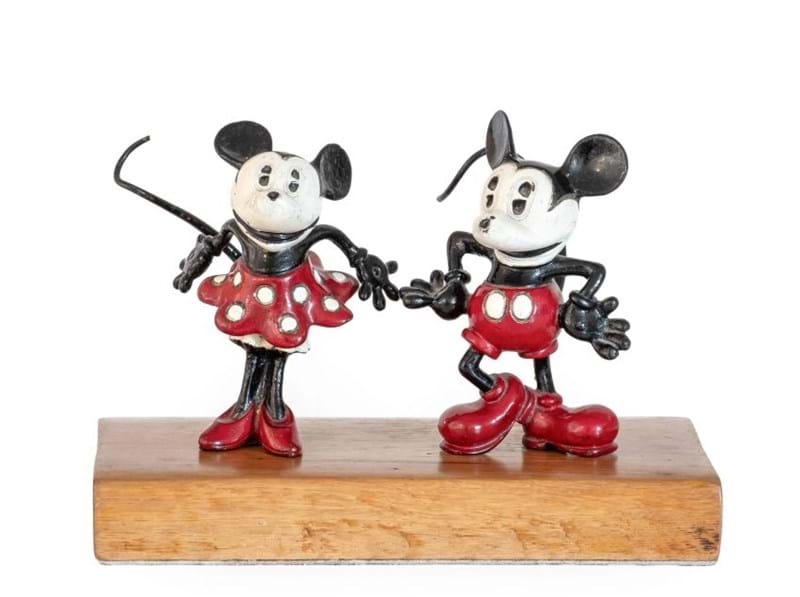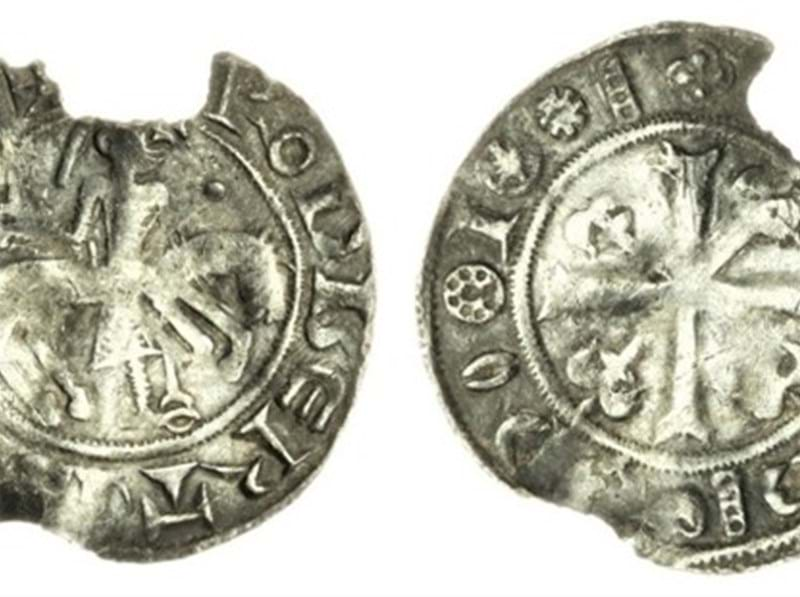What is Ethnographica?
Tribal art or ethnographica are names given to a huge range of objects from far flung cultures around the world, from early American civilisations to African tribes and Polynesian island cultures in the South Pacific. Encompassing religious idols, domestic and ritual objects and weapons of all descriptions, ethnographica is a wide-reaching term for the material culture of indigenous people. However, the linking factor across all continents is that the objects were always functional and never purely decorative; everything served a purpose, whether in a ritual or religious setting or on the battlefield.
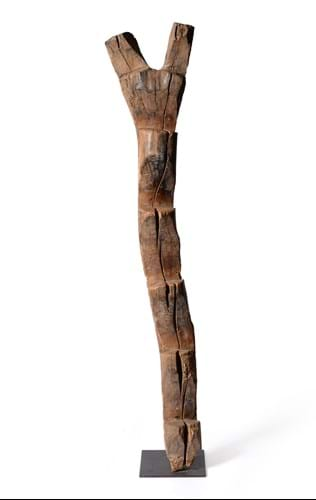
This Dogon ladder is from the central plateau of Mali in Western Africa. The Dogon are one of the oldest surviving cultural groups in Africa, and live in adobe houses in stony, inaccessible lands. The Dogon make ladders from naturally forked tree trunks to reach flat roofs and elevated granaries. At over five feet, this striking sculptural object sold for £280.
Why Collect?
Collecting ethnographica began in the 19th century, at a time when the first anthropologists started studying indigenous cultures. Since then, a value has been placed on these objects for their craftsmanship and decorative qualities, as well as for their historical and social interest. However, ethnographica is also appreciated today for the influence it had on Modern Art in the West. Picasso, Cézanne and Matisse were all exposed to a new wave of interest in ethnographica in turn of the century Paris; the highly stylised representations of the human figure contrasted with traditional notions of representation in Western art and inspired the first steps into Cubism and new ways of representing reality.
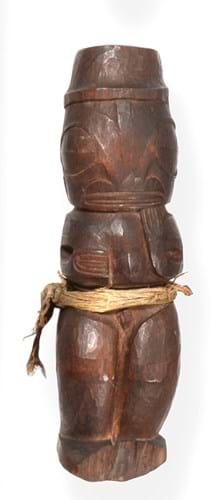
At just 28cm tall, this unassuming carved Tiki figure fetched £20,000 at auction. Tiki or Guardian figures are found throughout Polynesia, and represent deified ancestors; large examples often mark the boundaries of sacred sites. This 19th century example had its original surface, and came from a good Private Collection – complete with a 19th or early 20th century handwritten label.
What should you look out for when buying ethnographica at auction?
Today, the market for ethnographica at auction is once again strengthening, aided by a trend for displaying these artefacts in contemporary interiors. Emerging areas of collecting include items from Oceania and South Asia, which are more attractive in terms of age, quality and affordability. But with such a huge range of items on offer, you can find something to suit any budget and taste. Look out for items in good condition, with an original surface finish and a nice level of patina. Items with provenance from private collections or reputable dealers are always to be desired.
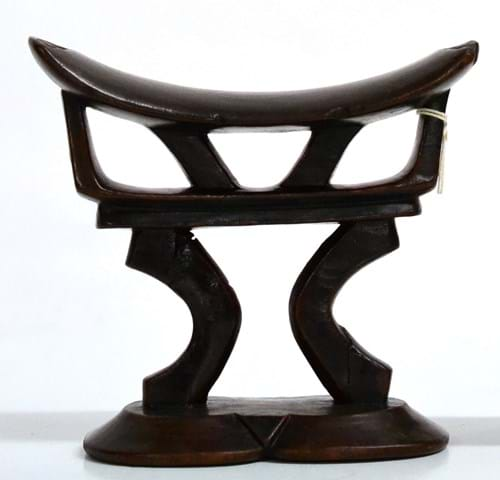
The Tsonga people of South Africa and Mozambique slept with their heads on carved wooden headrests, to keep their heads off the floor and protect elaborate hairstyles. Often kept by the owner for life, headrests were deeply personal objects. This 19th century example had a lovely deep, rich patina and attracted much attention from collectors, finally selling for £4,500.
